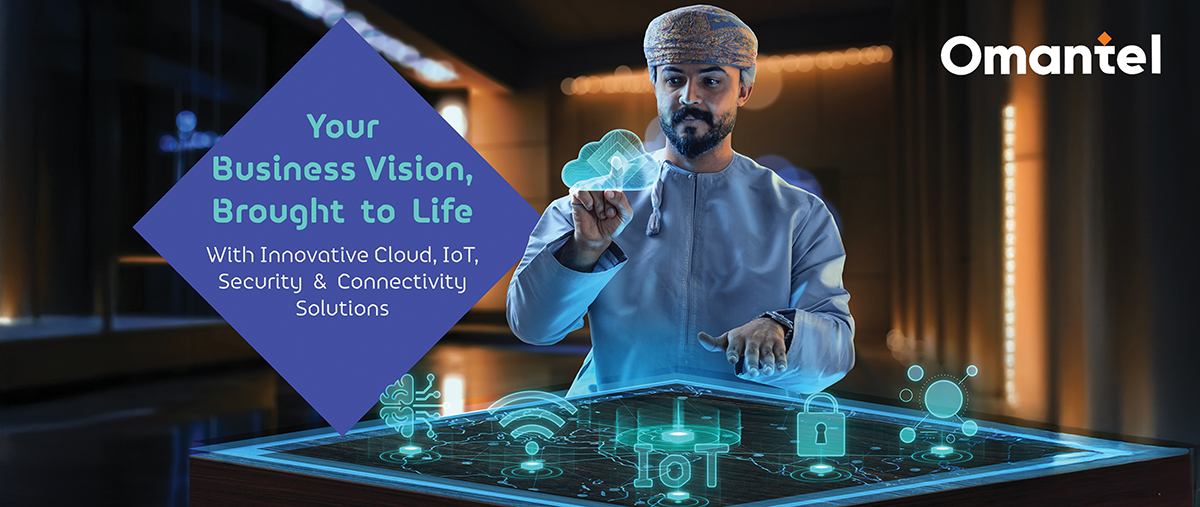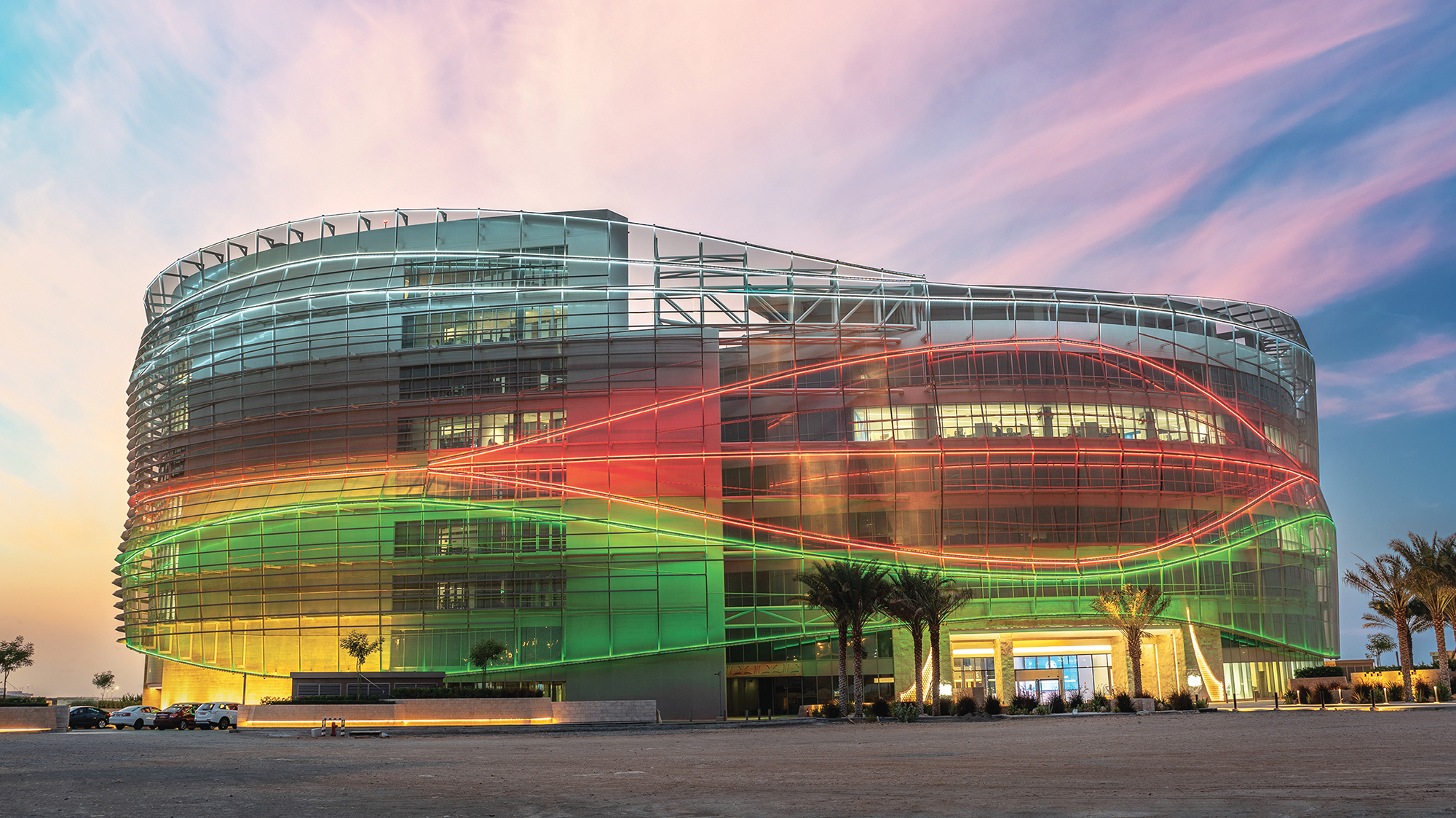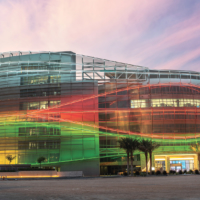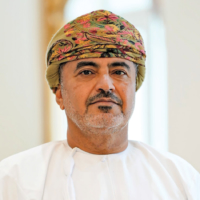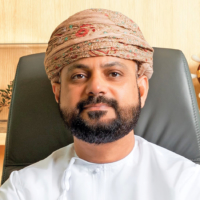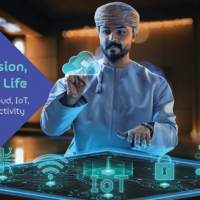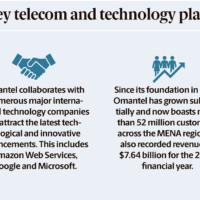In recent years, there has been a profound shift in the way businesses and governments operate, with the rapid adoption of digitalization transforming societies and economies around the globe. Countries are looking to harness the power of digital, realizing it has far-reaching effects on a broad range of industries.
This is one of the major reasons that Oman has set digitalization as a key pillar of its economic transformation agenda, with various initiatives being deployed to achieve the overarching goal of increasing the contribution of the digital economy to 10% by 2040.
The sultanate is seeking to scale up digitalization and develop local capabilities in innovation and creativity. To help achieve this, the government launched the National Digital Economy Program, which aims to provide a strategic direction for its development.
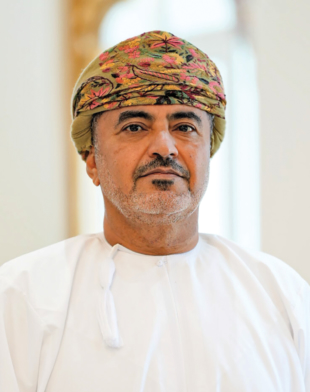
“Information and communications technology is a cornerstone of Oman’s economic and social transformation,” noted Said bin Hamood al Mawali, minister of transport, communications and information technology.
“In recent decades, Oman has made significant progress in developing a robust and modern telecommunications sector, ensuring seamless connectivity for businesses and individuals.
“The country’s strategic location as a gateway to Asia, Africa and the Middle East has positioned it as a key regional hub for digital infrastructure.
“Oman has made notable strides in telecommunications and digital transformation. By mid-2024, the country had 5,431 operational 5G stations, with 99% of telecom stations supporting both 4G and 5G networks. The transition from 3G to 4G and 5G is ongoing, keeping the country at the forefront of developments in next-generation cellular networks.
“Regarding high-speed connectivity, 61% of residential units are covered by fiber-optic networks, and 101,595 fiber connections were completed in 2024, further expanding the national fiber infrastructure. Moreover, Oman’s position as a digital hub is reinforced by 21 submarine internet cables, enhancing its global connectivity.
“The growth of Oman’s telecommunications ecosystem is also reflected in the increasing number of licensed telecom companies and cloud service providers. In 2024, 10 telecom companies were licensed, and six data centers support the growing demand for cloud computing and data storage.
“Mobile broadband penetration has reached 98%, ensuring widespread internet access across all governorates. On the government side, 67% of priority services were digitalized by November 2024, with plans to reach 80% by the end of 2025.
“In 2024, government digital transactions surpassed 27 million, a significant increase from 9.5 million the previous year, showcasing rapid digital adoption.
“These advancements demonstrate Oman’s growing digital capabilities, positioning it as a regional leader in digital transformation, telecommunications infrastructure, and innovation, while reinforcing its commitment to cybersecurity and technological readiness,” he said.
One of the companies that has consistently driven innovation and set new benchmarks in the industry is Omantel. The leading provider of ICT solutions and integrated telecommunications in Oman, the company has helped to create an advanced telecom infrastructure and has invested heavily in advanced technologies.
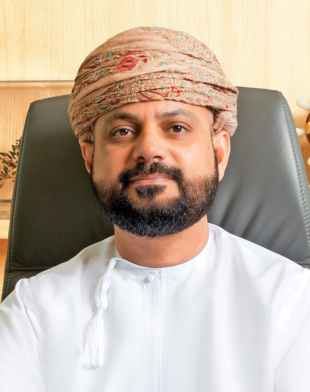
“We focus on key priorities to maintain our leadership in the technology space, expand Oman’s digital landscape, and support economic diversification while contributing to national development and meeting the broader goals of Oman Vision 2040,” said Talal Said al Mamari, CEO of Omantel.
“We are committed to enhancing Oman’s core telecommunications and digital infrastructure by investing in advanced core technologies such as fiber optics and 5G/6G. We also invest in emerging technologies spanning data centers, cloud facilities, cybersecurity, the Internet of Things, applications and artificial intelligence and machine learning.
“These investments aim to provide high-speed internet access and digital applications to individuals, ensure robust domestic and international connectivity, as well as offer bespoke ICT solutions for a range of businesses,” he said.
Omantel is also collaborating with international telecom operators, “hyperscalers” (large-scale data centers) and global digital infrastructure providers to enhance connectivity, data exchange and cloud services for businesses worldwide.
“Through strategic partnerships and alliances, Omantel is driving digital transformation and technological innovation in AI, generative AI, cloud computing, cybersecurity and IoT.
“These technologies enhance customer experiences and support the development of smart solutions, digital platforms and business applications across various industries.
“Our global collaborations with leading technology players such as Amazon Web Services, Google, Microsoft, Huawei and Ericsson fuel innovation, while our joint venture with Zain Group strengthens our regional market expansion,” al Mamari explained.
What these companies all have in common is that they share a strong vision for innovation and are determined to deliver the best possible service through the latest technologies.
Therefore, Omantel’s strategic partnerships with these global tech leaders are crucial as they allow the company to significantly enhance network capabilities and improve connectivity.
“Since 2012, we have invested in subsea cables, with 16 cables now landing in Oman. This subsea cable ecosystem has attracted global players, including the biggest hyperscalers, which serve the surrounding region from Oman,” he said.
“We also attracted Equinix, the world’s largest data center company, to establish a joint venture that established the first-ever carrier-neutral data center in the Middle East and North Africa region, starting in Barka and later expanding to Salalah.
“Our focus has been on providing reliable connectivity for global operators, hyperscalers and content aggregators looking to be closer to their customer base in the region.
“While data centers are an infrastructure play, Omantel differentiates itself by being an enabler, not just an investor, allowing other carriers to connect freely to these data centers. This open access, combined with our subsea cables and global data center ecosystem, positions us as a key player in the region, supporting innovation and talent development.
“Building on that success and taking it to the next level, we have partnered with Zain to create a joint venture called Zain Omantel International.
“ZOI signifies a substantial advancement in the telecommunications industry and is becoming a global powerhouse due to Zain’s extensive regional presence and success in the retail and digital arenas, combined with Omantel’s
exceptional wholesale capabilities and comprehensive international subsea and terrestrial networks.
“The joint venture caters to the end-to-end telecommunications needs of operators in the Middle East, as well as international carriers, data centers, hyperscalers, content providers and cloud providers seeking services within the region and beyond.
“ZOI now operates in eight countries, serving more than 50 million customers, making it the global gateway for our region.”
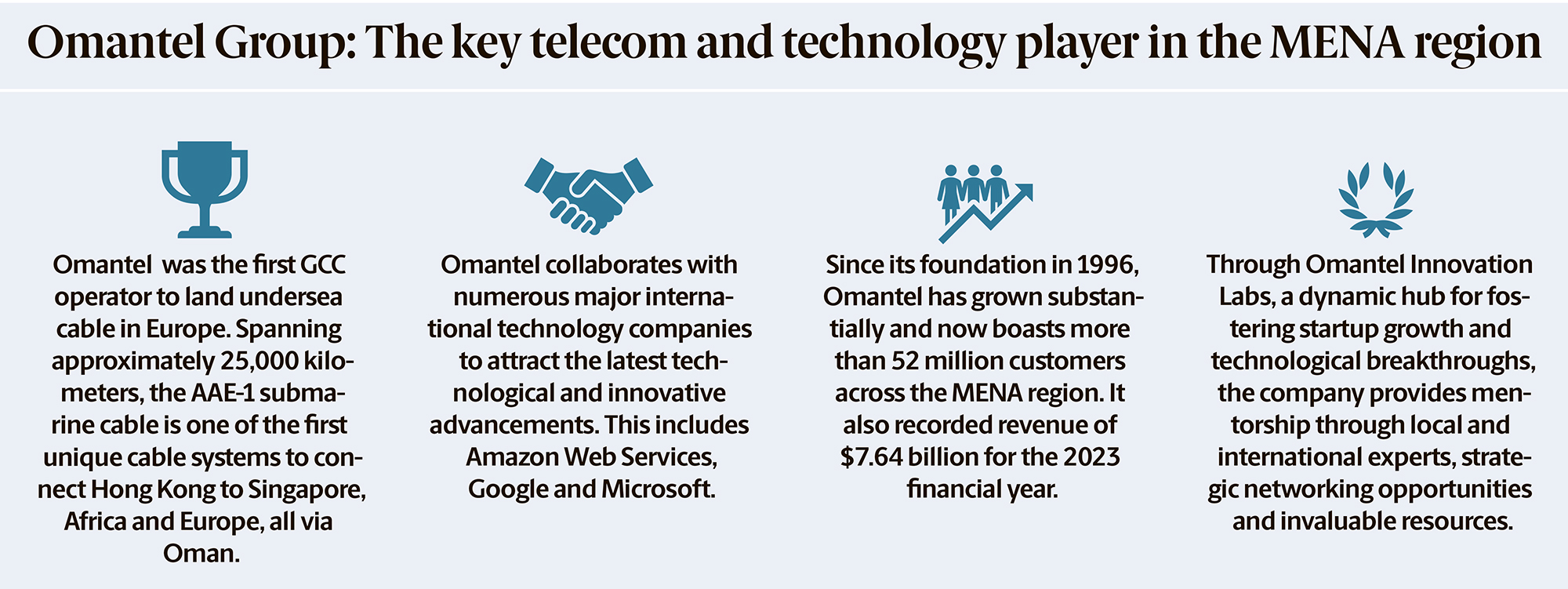
Looking to the future, Omantel not only plans to expand its international presence, but is also determined to support Oman’s startup ecosystem and provide opportunities for young Omanis looking to enter the sector.
“Our international expansion creates opportunities for both organic and inorganic growth, supporting enterprise businesses and government ministries in accelerating their digital transformation journeys,” al Mamari said.
“As part of our strategic vision, we remain focused on investing in advanced network and digital infrastructure, the cultivation of a diverse startup ecosystem, and developing emerging skills and knowledge-based opportunities for young Omanis, ensuring a future-ready workforce for the digital economy.”
While Omantel is working with global leaders to drive innovation, its commitment to supporting local enterprises has led to it investing in Etlaq Spaceport. A subsidiary of the National Aerospace Services Company (NASCOM), the strategic investment showcases Omantel’s commitment to advancing technology and innovation, aligning with its vision to lead in emerging technologies and space solutions as part of its ambitious strategy.
Launched by NASCOM in 2022, Etlaq Spaceport is seeking to attract global launch providers, space agencies and research institutions to Oman. Capitalizing on the unique geography of Wilayat Al Duqm, Oman launched its first experimental rocket, Duqm-1, from the spaceport late last year.
Aiming to have three launch pads that can cater to global companies for diverse orbits, Etlaq Spaceport is also positioning itself as a fast-track launch site for start-ups, offering quick access to rocket testing.
“This year, Etlaq Spaceport expects five experimental launches under the Genesis Program, designed to build Oman’s space launch heritage between 2025 and 2027,”said Sayyid Azzan bin Qais al Said, founder and CEO of NASCOM.
“By the time we open our commercial spaceport in 2027, we aim to have established operational capacity. These launches, involving multiple international companies, are a key step toward that goal.
“Our vision is for Duqm’s coast to become the Cape Canaveral of the GCC, hosting launches from Etlaq and beyond. We also aim to collaborate with Japan, potentially expanding its launch capabilities in Oman.
“While our current focus is the spaceport, we fully support deep space missions and are working to attract the right rocket companies to make them a reality,”al Said said.
“Ultimately, our goal is to inspire the next generation and create an environment where Oman’s space industry can thrive,” al Said noted.
https://info.japantimes.co.jp/international-reports/pdf/20250625B-GI_Oman.pdf
https://global-insight.net/
